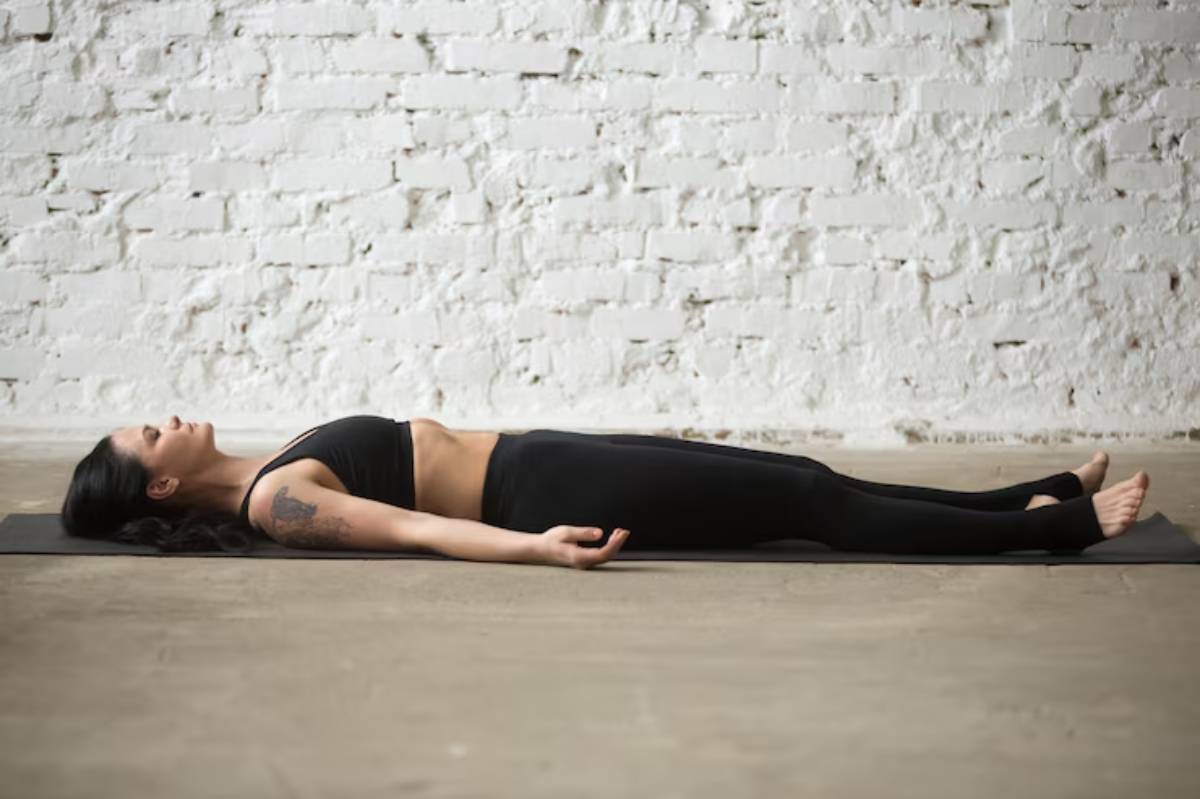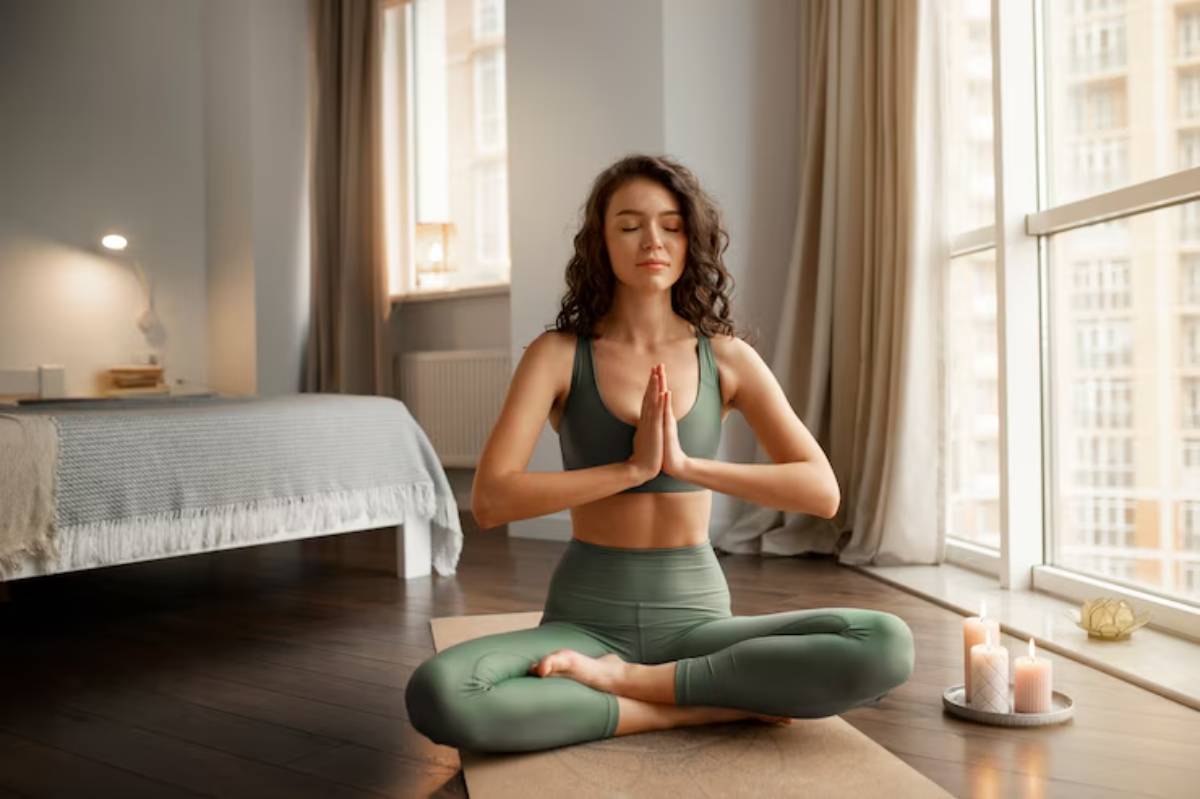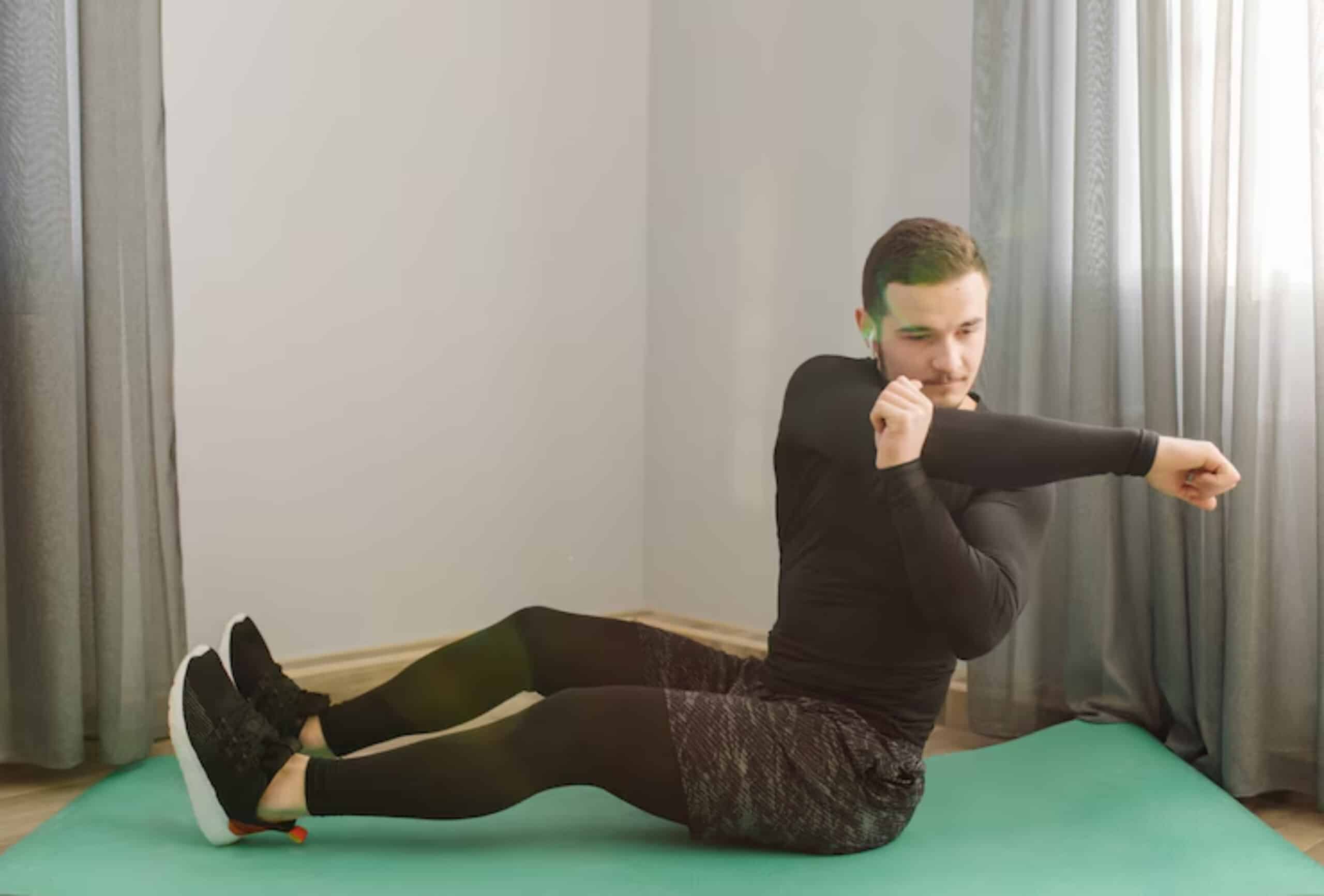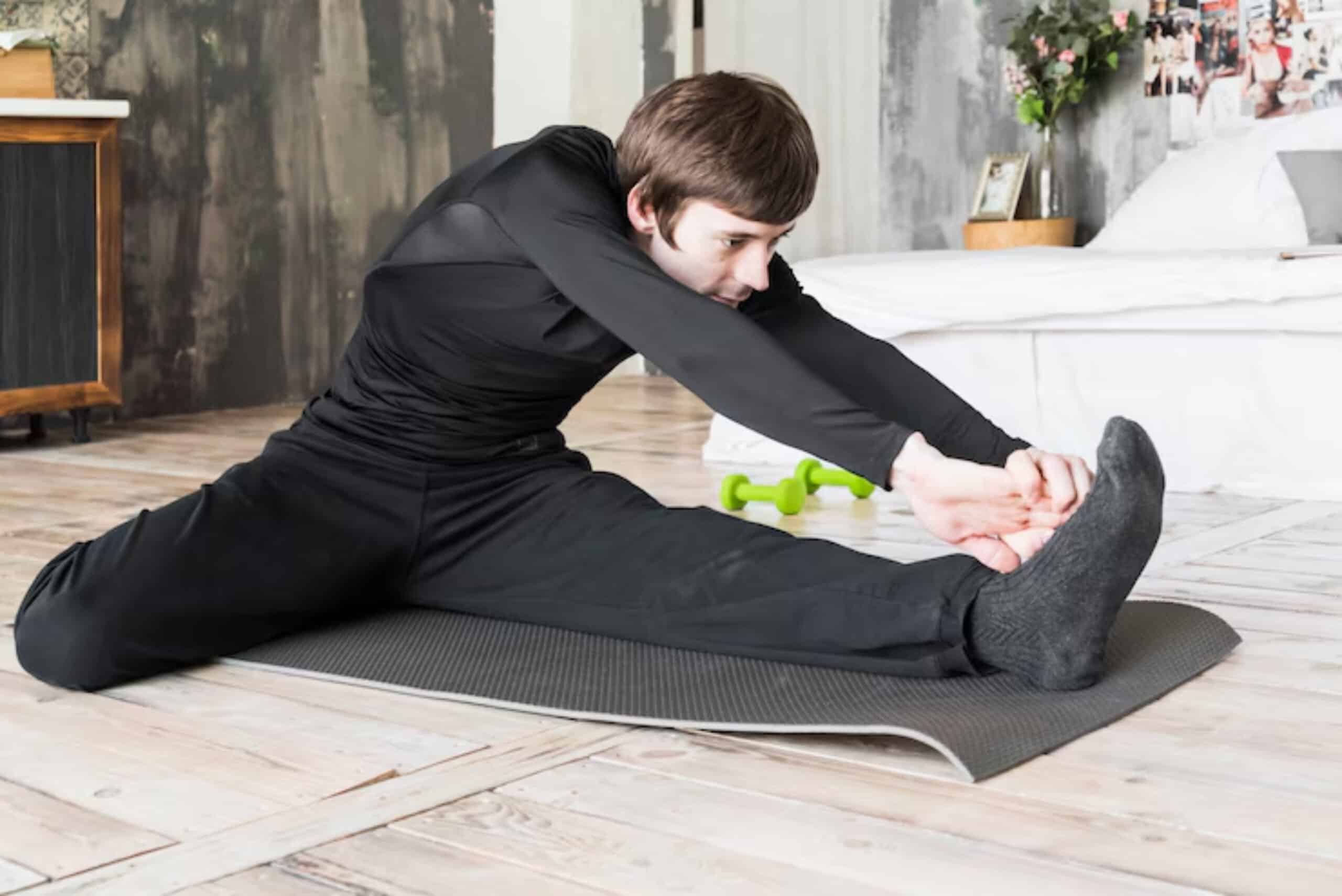
How to Progress Safely in Hamstring Flexibility
Let’s face it — tight hamstrings can feel like the nemesis of every forward fold, toe touch, or yoga stretch. If you’ve ever tried to reach your toes only to be met by your shins (or worse, your knees), you’re not alone. For many people, improving hamstring flexibility can feel frustrating and painfully slow. But here’s the truth: lasting flexibility gains don’t come from forcing your body into deeper stretches. They come from smart, safe, and consistent yoga progressions.
In this guide, you’ll learn how to build a hamstring stretch routine that supports long-term improvement without risking injury. Whether you’re a complete beginner, a seasoned yogi, or someone returning from injury, this article will show you how to make your hamstrings more supple through safe yoga progressions that honour your body’s limits.
Ready to finally fold forward with ease? Let’s stretch smarter, not harder.
The Anatomy of Tight Hamstrings
Why Are Hamstrings So Stubborn?
Your hamstrings are a group of three muscles running along the back of your thighs. They’re responsible for knee flexion and hip extension, meaning they play a big role in walking, running, and sitting.
Most people have tight hamstrings due to:
- Prolonged sitting (desk jobs, driving, etc.)
- Lack of movement diversity
- Inadequate warm-up before stretching
- Overreliance on static stretching without active engagement
Risk of Overstretching
Trying to push past tightness without proper technique can strain or tear the muscle. Overstretching may lead to micro-tears, pain, or even long-term mobility setbacks. That’s why understanding safe yoga progressions is vital for results and injury prevention.
What Does “Safe Progression” in Flexibility Actually Mean?
It’s not about how deep you go — it’s about how mindfully you get there. Safe progression includes:
- Gradual intensity increase (from beginner to advanced)
- Consistency over time (not forcing day-one splits)
- Active engagement rather than just passive stretching
- Using props to support your range of motion
Progression isn’t linear. Some days you’ll feel looser; others, more restricted. The goal is progress, not perfection.
Yoga’s Role in Hamstring Flexibility
Why Yoga Works So Well
Yoga combines static and dynamic stretches, muscle engagement, and mindful breathing, making it ideal for flexibility training. It targets not just the hamstrings, but also supporting muscles like the calves, glutes, and hip flexors.
Key Benefits
- Improves circulation to the muscles
- Activates muscle memory through repetition
- Encourages balanced flexibility and symmetry
- Reduces mental tension that can increase physical tension
Bonus: Yoga also trains your nervous system to feel safe in new ranges of motion. That’s a game-changer for mobility!
The Ideal Hamstring Stretch Routine
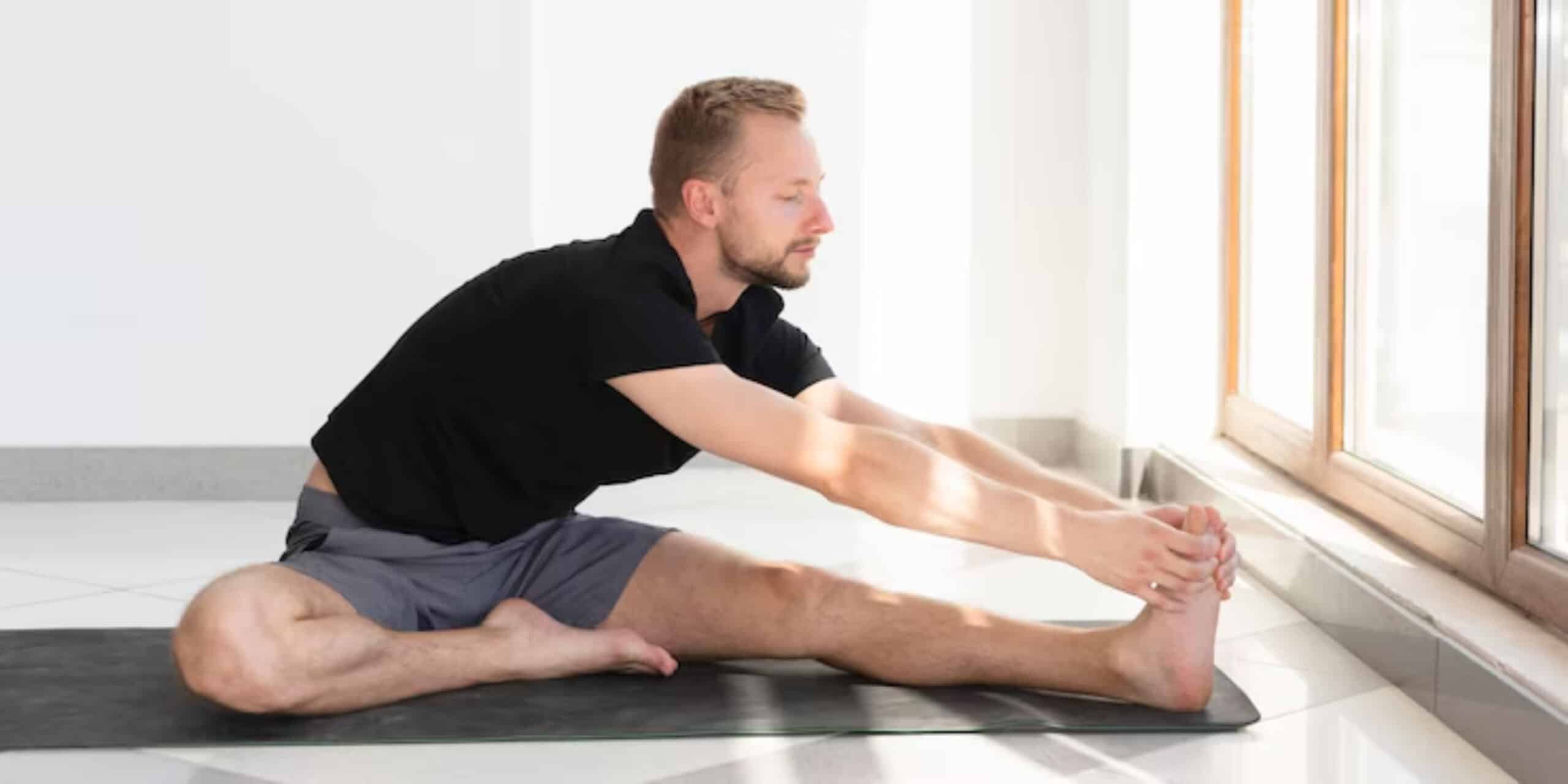
Here’s a balanced sequence that supports flexibility gains in yoga. Aim to practice 3–5 times per week, holding each pose for 30–90 seconds depending on your level.
1. Standing Forward Fold (Uttanasana)
Why it works: Gently lengthens the hamstrings with gravity’s help.
Tip: Bend your knees slightly to avoid lower back strain.
2. Pyramid Pose (Parsvottanasana)
Why it works: It targets the hamstrings one leg at a time and improves balance.
Tip: Use blocks under your hands to stay aligned.
3. Half Splits (Ardha Hanumanasana)
Why it works: Beginner-friendly way to lengthen the back of the leg.
Tip: Flex the front foot and avoid collapsing into the hips.
4. Reclining Hand-to-Big-Toe Pose (Supta Padangusthasana)
Why it works: Controlled stretch while lying down; isolates one leg.
Tip: Use a strap for support and keep the opposite leg grounded.
5. Low Lunge With Hamstring Stretch (Runner’s Lunge to Half Split)
Why it works: Targets both hamstrings and hip flexors.
Tip: Move dynamically between the two to warm up the muscles.
6. Downward Dog (Adho Mukha Svanasana)
Why it works: Full posterior chain activation and elongation.
Tip: Keep the knees soft if hamstrings are tight.
7. Seated Forward Fold (Paschimottanasana)
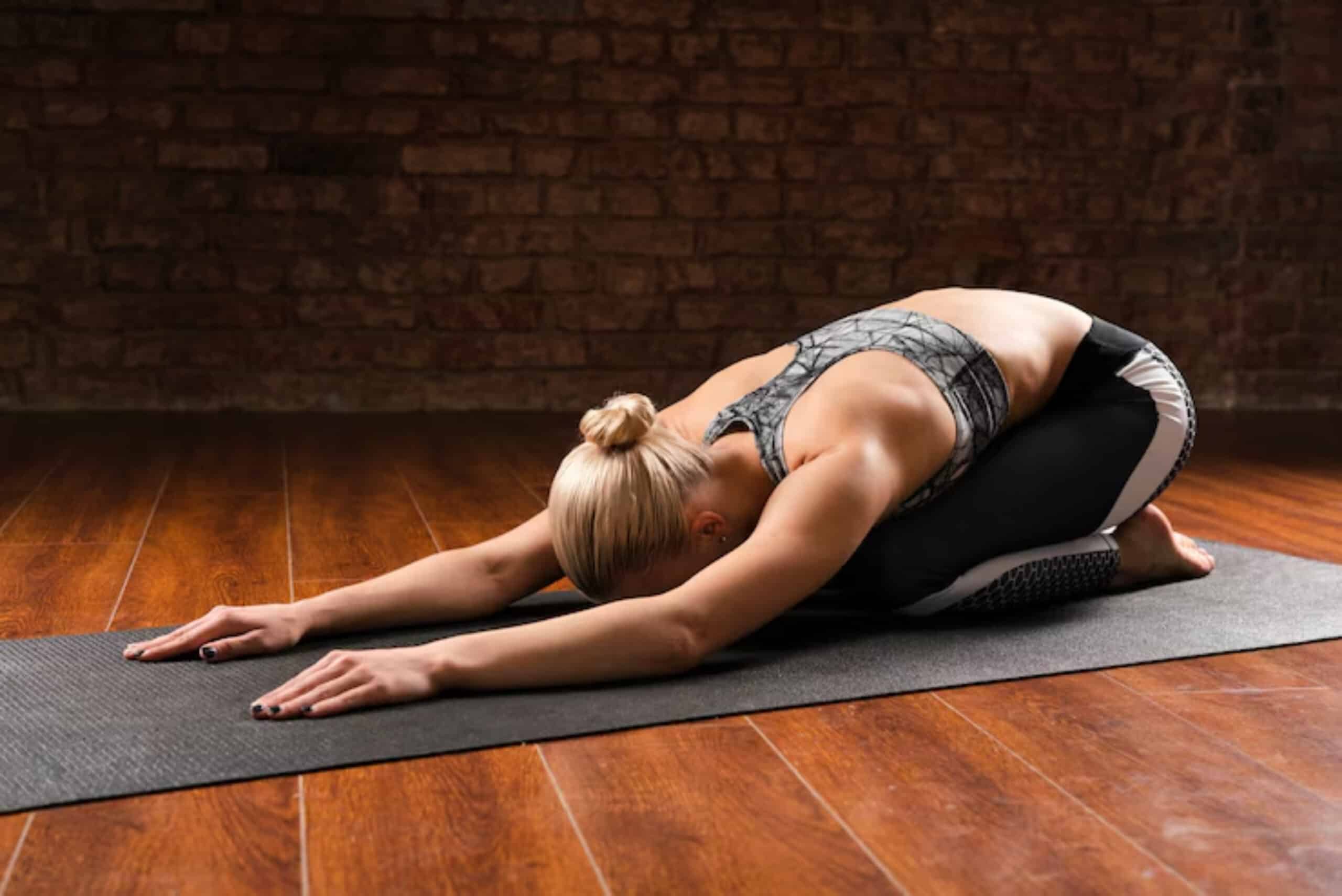
Why it works: Deep passive stretch when muscles are already warm.
Tip: Lead with the chest, not the chin.
Progressing Through Levels: Beginner to Advanced
Beginner Phase
- Use yoga blocks for support
- Hold poses for 20–30 seconds
- Focus on active engagement (e.g. flexed feet, engaged quads)
Intermediate Phase
- Increase hold time to 45–60 seconds
- Introduce dynamic flows between poses
- Begin light use of straps and props for resistance
Advanced Phase
- Deepen poses gradually
- Explore full splits (Hanumanasana) with proper warm-up
- Introduce eccentric loading (slow lengthening under tension)
For a supporting flow, explore our Daily Yoga Sequence to Improve Overall Flexibility.
Listen to Your Body: Key Signals Not to Ignore
Overstretching and poor form can sabotage your progress. Pay attention to these:
- Sharp or shooting pain = STOP
- Tingling or numbness = Adjust immediately
- Knee hyperextension = Micro-bend to protect joints
- Lower back rounding = Use props to maintain spine integrity
Tip:
Track your progress with a flexibility journal. Note how certain poses feel, what props you used, and any post-practice sensations.
Real Stories: Flexibility Progress Without Force
Emily, 29, Office Worker: “I always thought I had ‘naturally tight hamstrings.” Yoga showed me that consistency beats intensity. After 8 weeks of following a gentle hamstring stretch routine, I can now touch my toes without pain or strain.”
Jared, 41, Marathon Runner: “I ignored stretching for years and paid for it with recurring hamstring pulls. Now, I use yoga as active recovery. It’s not just helped my flexibility, but also improved my stride.”
These stories highlight the power of safe yoga progressions to create lasting change.
Enhancing Your Routine with Props
Yoga props aren’t just for beginners. They:
- Support better alignment
- Prevent overstretching
- Allow longer hold times
Recommended Props:
- Yoga blocks under the hands or the hips
- Strap for extending reach in seated or reclining poses
- Bolster to support hips during forward folds
Curious how props change the game? Read about Hip Openers to Improve Squat Depth and Posture.
Tips to Maximise Flexibility Gains Safely
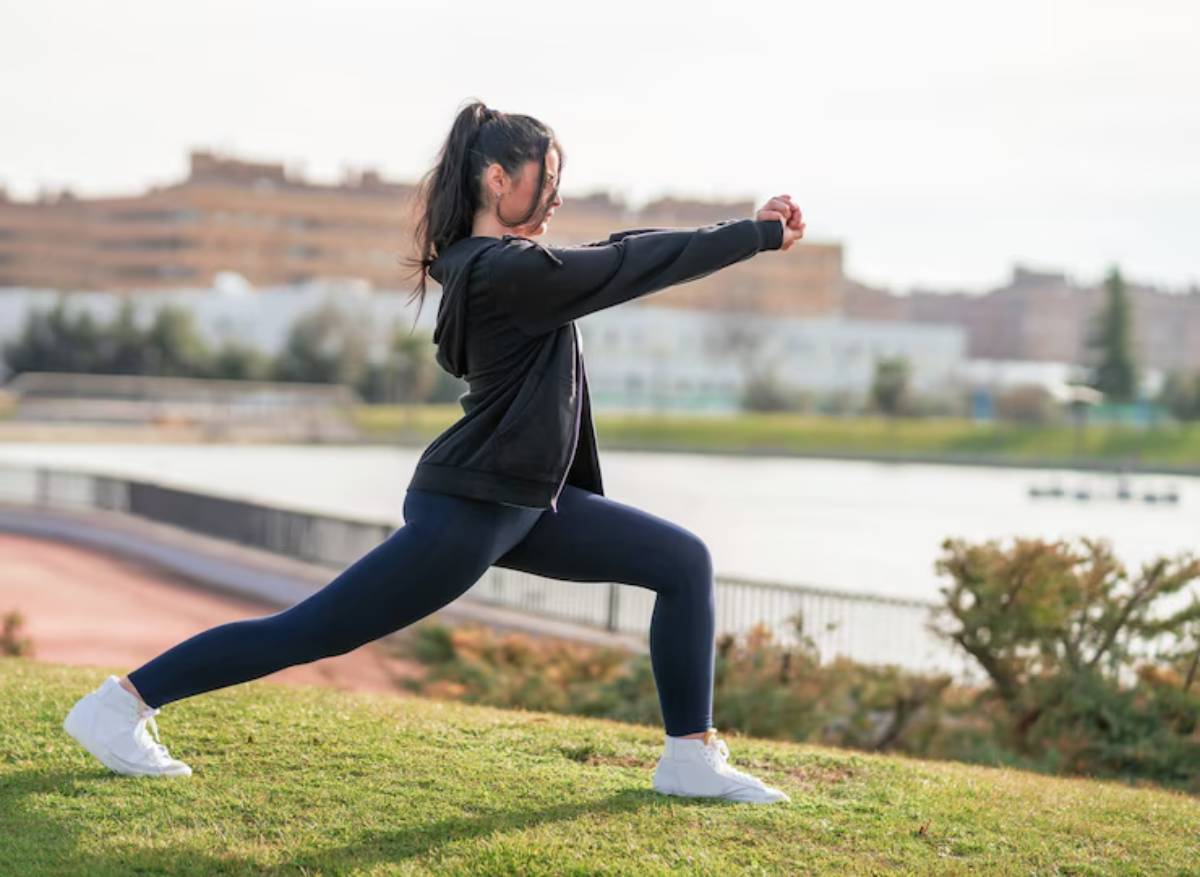
- Warm up first: Never stretch cold muscles. Start with light movement.
- Breathe deeply: Your breath is your best tool to release tension.
- Focus on form: Depth without alignment is a fast track to injury.
- Stretch both sides equally: Balance is key.
- Hydrate and rest: Muscles need water and sleep to recover and grow.
- Be patient: True gains come with time, not urgency.
Conclusion: Flexibility with Longevity
Improving your hamstring flexibility doesn’t require extreme effort or painful stretches. What it truly needs is intentionality, patience, and proper progression. By following a consistent, well-structured hamstring stretch routine supported by yoga principles and props, you can build lasting flexibility.
The path to touching your toes or deepening your forward folds is not just a physical journey—it’s a mental one. It teaches patience, self-awareness, and body respect.
Take the first step today. Roll out your mat, choose two or three of the poses above, and commit to practising them regularly. Your future flexible self will thank you.
